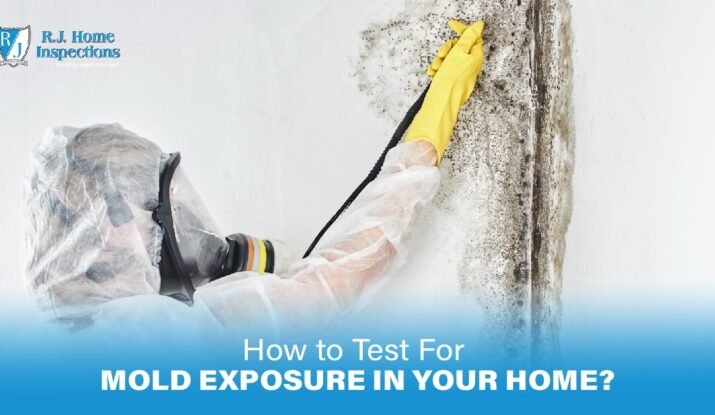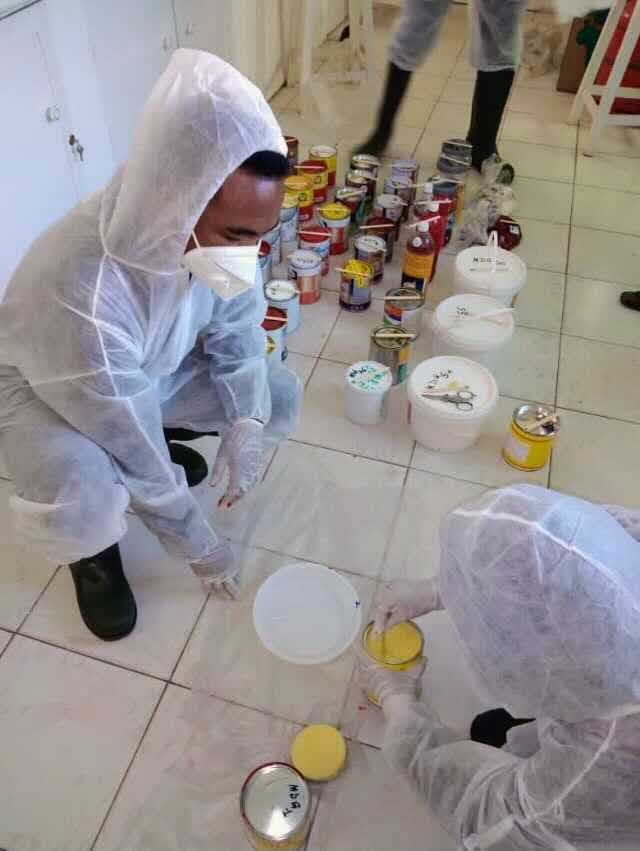Picking the Right Mycotoxin testing Services for Your Business
Picking the Right Mycotoxin testing Services for Your Business
Blog Article
The Necessity of Mycotoxin Testing in Agricultural Products to Ensure Customer Security
The requirement of mycotoxin screening in agricultural items is an important facet of public health and wellness and security that warrants thorough exam. Mycotoxins, poisonous compounds produced by specific fungi, can penetrate numerous crops, leading to considerable wellness dangers for consumers, such as cancer causing results and organ damage.
Recognizing Mycotoxins
Mycotoxins, toxic additional metabolites created by particular fungis, offer a significant danger to farming items and human health. These substances are generated by different types of mold and mildews, such as Aspergillus, Fusarium, and Penicillium, which can contaminate plants both pre- and post-harvest - Mycotoxin testing Services. The most typical mycotoxins include aflatoxins, ochratoxin A, fumonisins, zearalenone, and deoxynivalenol (DON)
Mycotoxin contamination can occur under certain environmental problems, such as high moisture and temperature level, which prefer the growth of mold and mildew. Agricultural products like grains, nuts, spices, dried out fruits, and coffee are especially susceptible. The existence of mycotoxins in these products can lead to substantial economic losses due to reduced plant returns and the need for strenuous screening and decontamination processes.
Recognizing the biochemical nature and development of mycotoxins is crucial for developing efficient mitigation approaches. Study has actually revealed that mycotoxins display a series of chemical frameworks and properties, making discovery and removal difficult. Advanced analytical strategies, including chromatography and mass spectrometry, are made use of to identify and evaluate mycotoxins in agricultural products, ensuring that contamination levels continue to be within secure limitations developed by regulative bodies.
Health And Wellness Threats of Mycotoxins
Offered the significant threats related to mycotoxins in farming products, comprehending their impact on wellness is critical. Mycotoxins, hazardous secondary metabolites created by fungi, present severe dangers to both human and animal health and wellness. Persistent exposure, even at reduced levels, can result in a variety of unfavorable wellness effects, including immunosuppression, teratogenicity, and carcinogenicity. Aflatoxins, amongst one of the most infamous mycotoxins, are classified as Group 1 health hazards by the International Firm for Study on Cancer (IARC), mainly impacting the liver and raising the threat of hepatocellular carcinoma.
Acute mycotoxin poisoning, although much less typical, can trigger prompt and severe health issue such as liver damages, gastrointestinal disruptions, and hemorrhaging. Ochratoxin A, an additional powerful mycotoxin, is linked to kidney damage and has potential cancer causing results. Fumonisins, mainly impacting maize, are connected with esophageal cancer and neural tube issues.

Usual Sources of Contamination
Comprehending the usual resources of contamination is important for properly handling and mitigating the threats presented by mycotoxins. Mycotoxins are harmful additional metabolites produced by specific kinds of fungi, which can infect farming items at numerous phases of production, storage, and processing. The key sources of contamination include area problems, post-harvest handling, and storage environments.
Field problems play a considerable duty, with elements like weather condition, crop susceptibility, and dirt health affecting fungal development. Crops such as corn, peanuts, wheat, and tree nuts are specifically vulnerable to mycotoxin-producing fungi like Aspergillus, Fusarium, and Penicillium species. Poor plant rotation and bad parasite management can worsen the risk of contamination.
Post-harvest handling is one more critical point where contamination can take place. Mechanical damages throughout harvesting and transportation produces entry factors for fungi, while improper drying out strategies can leave dampness levels high sufficient to support fungal growth.
Storage space atmospheres add significantly to contamination threats. Badly maintained storage space facilities with high moisture and temperature degrees produce optimal conditions for next mycotoxin manufacturing. Regular evaluations and correct storage space conditions are essential in suppressing this risk.
Mycotoxin Evaluating Methods
Effective management of mycotoxin contamination pivots not just on identifying possible sources however likewise on carrying out robust testing approaches to detect these hazardous compounds. Mycotoxin testing techniques can be generally classified right into immunochemical and chromatographic techniques. High-performance liquid chromatography (HPLC) and gas chromatography-mass spectrometry (GC-MS) represent innovative chromatographic techniques understood for their high sensitivity and precision. These methods are skilled at evaluating several mycotoxins in complicated matrices, making them vital for complete analysis.
On the other hand, enzyme-linked immunosorbent assay (ELISA) and side flow assays project immunochemical techniques. ELISA, specifically, is extensively used because of its cost-effectiveness, simplicity of usage, and fast turn-around time. Side circulation assays provide fast, on-site screening capacities, making them ideal for area applications where prompt choices are essential.
In addition, advancements in molecular biology have actually presented PCR-based approaches qualified of detecting mycotoxin-producing fungi at hereditary degrees, supplying an anticipating approach to contamination threat. Incorporating these varied approaches boosts the integrity and comprehensiveness of click mycotoxin discovery, ensuring that agricultural products meet safety and security standards and protecting consumers from potential wellness threats.
Benefits of Regular Testing

Normal mycotoxin testing uses substantial advantages that substantially boost agricultural security and quality. One of the primary benefits is the security of customer health and wellness. Mycotoxins, harmful substances generated by specific fungis, can contaminate food and posture severe health and wellness risks, consisting of cancer and acute poisoning. Routine testing makes sure that contaminated products do not get to consumers, therefore alleviating health dangers.
Furthermore, regular screening aids in keeping the integrity and online reputation of farming producers. By carefully keeping track of and managing mycotoxin levels, manufacturers can prevent expensive recalls and lawful effects. This not just makes sure conformity with rigorous global safety standards however likewise cultivates consumer trust fund and commitment.

Conclusion
The requirement of mycotoxin screening in agricultural products is emphasized by the significant wellness dangers postured by these toxic compounds. Guaranteeing customer security calls for the identification and removal of infected items from the supply chain. Regular screening not just alleviates the danger of acute poisoning and chronic health concerns but also supports conformity with safety criteria. Moreover, it improves the reputation of producers and promotes depend on within the agricultural supply chain, inevitably guarding public wellness.
The necessity of mycotoxin testing in farming items is a critical facet of public wellness and security that calls for extensive assessment. Mycotoxins, harmful compounds generated by particular fungis, can infiltrate numerous plants, leading to substantial health risks for consumers, such as cancer causing he has a good point results and body organ damages.Mycotoxins, poisonous second metabolites generated by particular fungi, offer a significant risk to agricultural items and human wellness.Provided the substantial dangers associated with mycotoxins in agricultural items, recognizing their effect on health and wellness is paramount (Mycotoxin testing Services).The need of mycotoxin screening in agricultural items is highlighted by the significant health and wellness risks postured by these hazardous compounds
Report this page